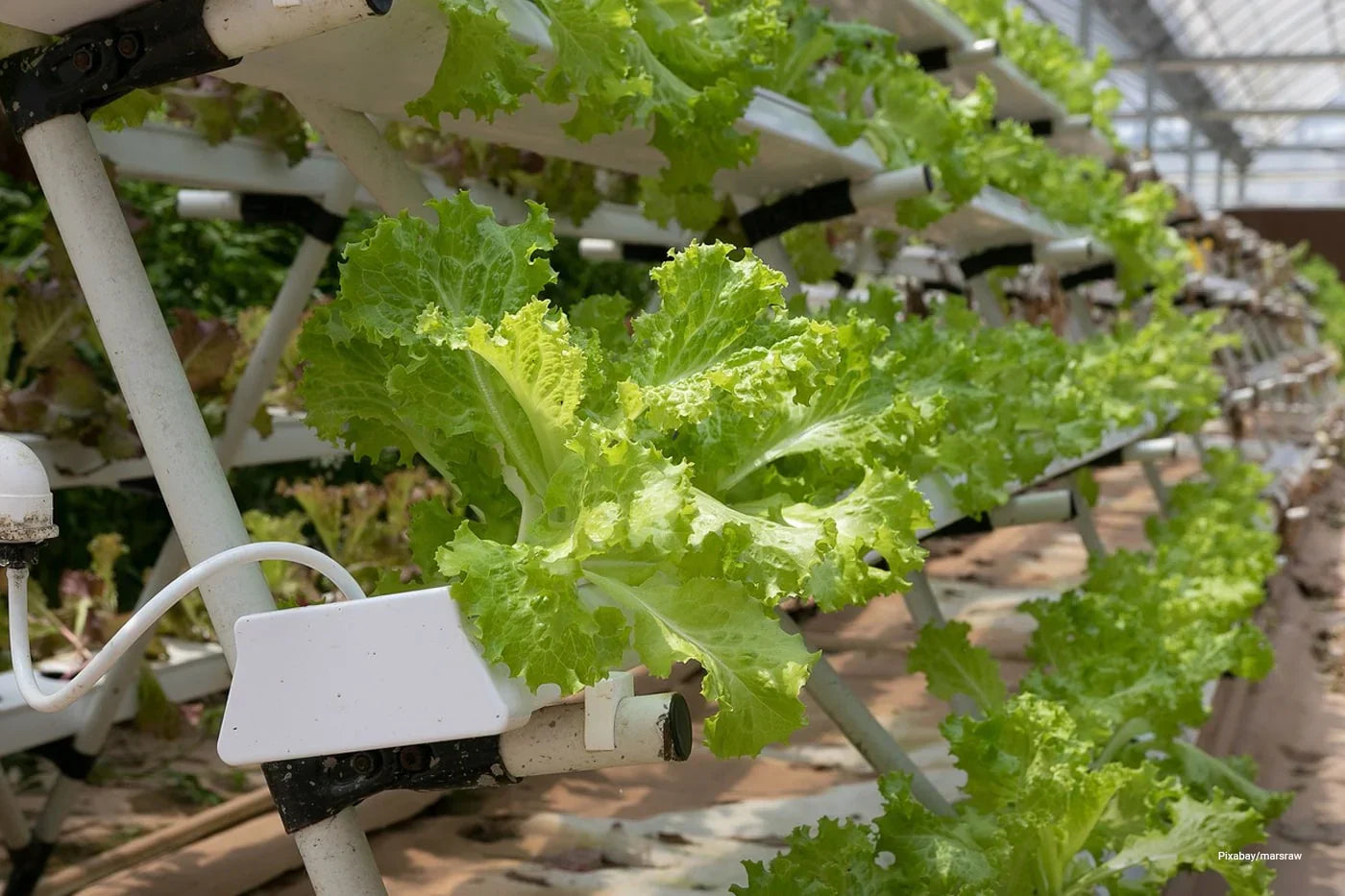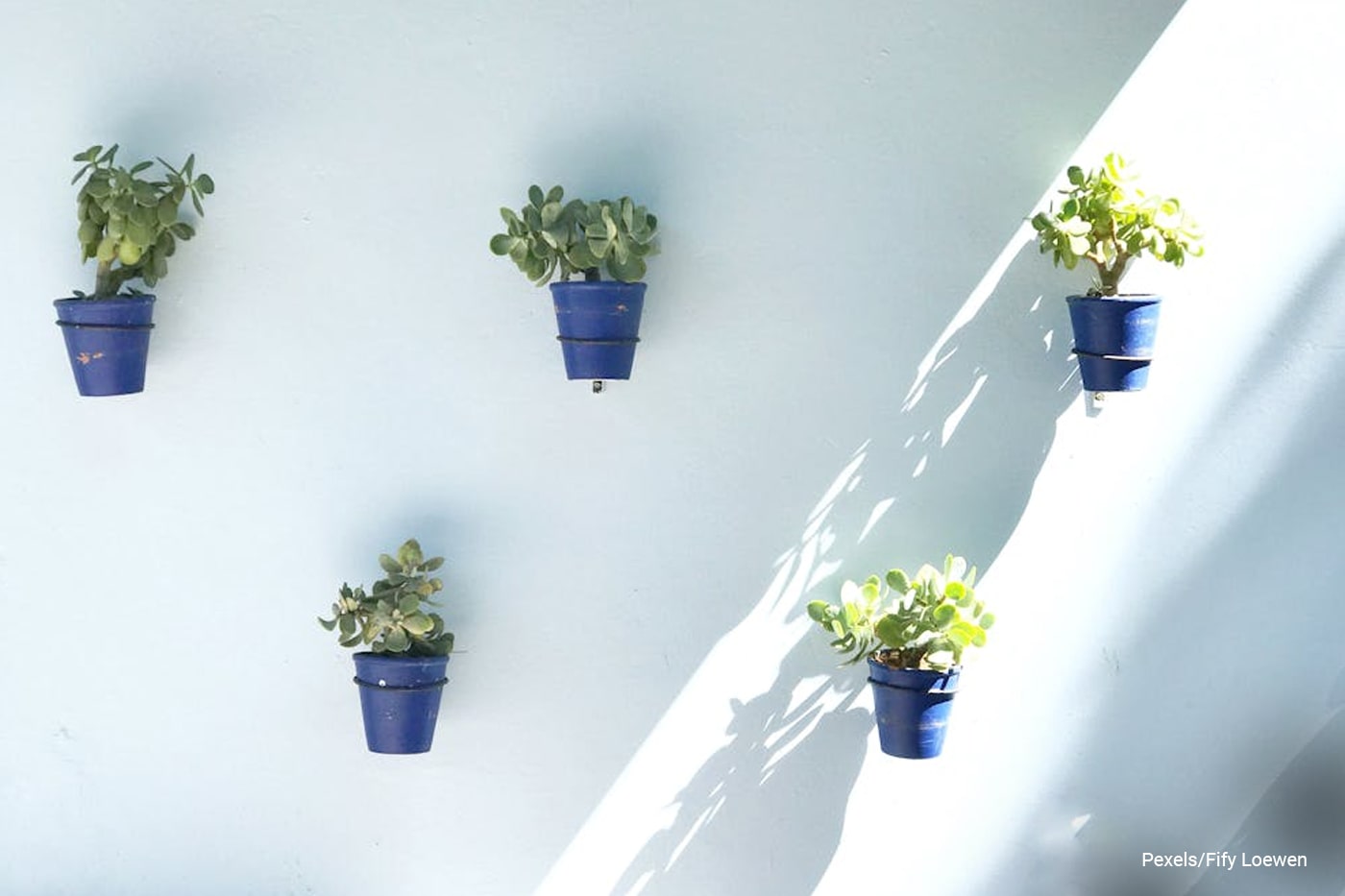Lack of garden space, poor weather, or persistent pests can make growing your own food feel like an uphill battle. But what if you could bypass these problems entirely? The solution lies in a science-backed method that allows you to grow fresh produce inside your home, all year round. It’s time to Start Growing Fresh Herbs and Greens at Home: A Beginner’s Guide to Indoor Hydroponics. This article breaks down the simple science of how it works and why it’s a more efficient way to grow.
Contents []
How Does Hydroponics Actually Work?
At its core, hydroponics (from the Greek 'hydro' for water and 'ponos' for labor) is the art of growing plants without soil. In a traditional garden, a plant expends significant energy extending its roots to search for water and nutrients. A hydroponic system removes this "search" entirely. Instead, the plant's roots are suspended in or periodically flooded with a precisely balanced, water-based nutrient solution. This solution contains every mineral a plant needs to thrive. This direct-to-root delivery system is the secret to its remarkable efficiency and speed.

Why Science Favors Hydroponics
This method isn't just a trend; it's a highly efficient form of agriculture supported by decades of research. The advantages are clear, measurable, and trusted by experts from commercial farms to space agencies
1. Accelerated Growth and Abundant Yields
By receiving nutrients directly, plants can focus all their energy on leaf and fruit production. This is why agricultural studies, including research from Cornell University's Controlled Environment Agriculture group, consistently show that hydroponic plants can mature up to 30-50% faster and produce significantly larger yields in the same amount of space.
2. Unmatched Resource Efficiency
Soil gardening is thirsty work. Hydroponics is the opposite. Because the water in the system is captured and recirculated, these systems use up to 90% less water than traditional soil-based farming. This efficiency is so profound that NASA has been developing hydroponic techniques for decades to grow fresh food for astronauts on long-term space missions.
3. Total Control for the Home Grower
From our experience, one of the biggest wins for a beginner is the elimination of common gardening frustrations. Since there's no soil, there are no soil-borne pests, weeds, or diseases. You control the "weather" and the "fertilizer" completely, ensuring your plants get exactly what they need, when they need it.

Your First Step: Choosing a System
You don't need a laboratory to get started. Many modern hydroponic systems are simple, clean, and designed for home use. The two most common for beginners are:
Deep Water Culture (DWC): This is a simple method where plant roots hang directly into an aerated nutrient solution (an "oxygen-rich bath").
Nutrient Film Technique (NFT): This is a popular and highly scalable method where a continuous, shallow stream of nutrient solution flows over the bare roots. It is especially effective for lightweight, fast-growing plants like leafy greens and herbs.
Conclusion: Your Soil-Free Garden Awaits
Indoor hydroponics bridges the gap between technology and nature, empowering anyone to become a home farmer. It’s a sustainable, clean, and data-backed way to grow the freshest food you’ve ever tasted. By removing the guesswork of soil, you can truly make efficient use of your garden for planting with hydroponic techniques even if your "garden" is just a small corner of your kitchen.



